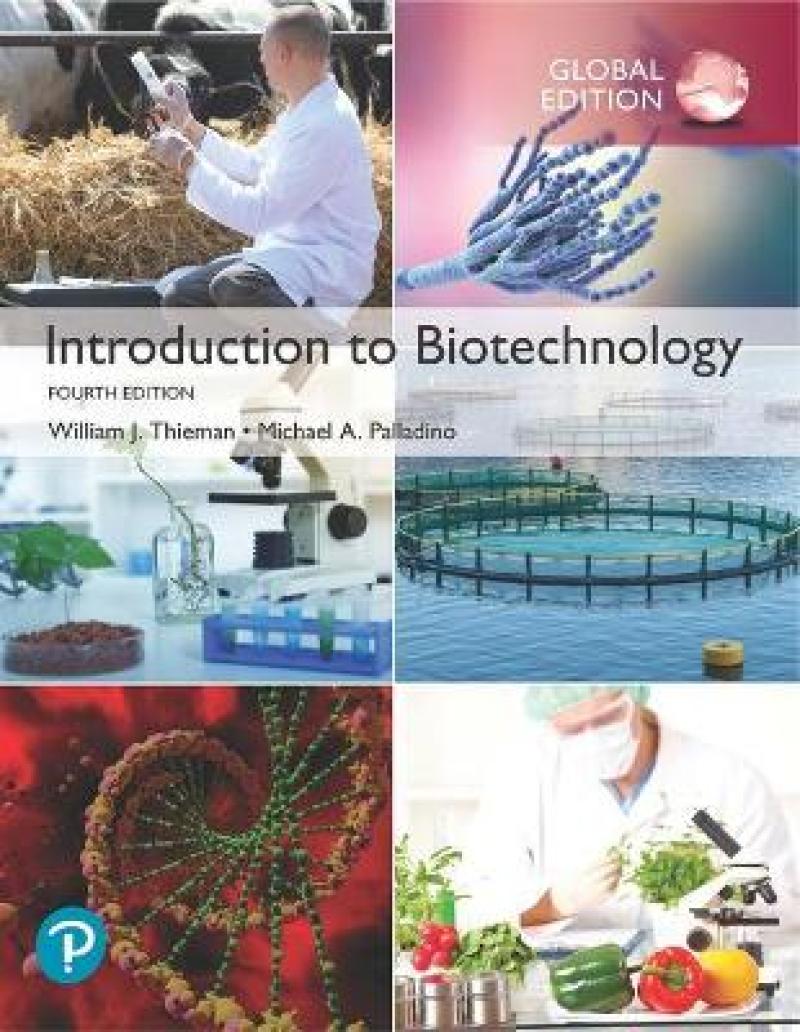Produktdetaljer
Biographical note
William J. Thieman taught biology at Ventura College for 40 years and biotechnology for 11 years before retiring from full time teaching in 2005. He continues to serve as an advisor to the college biotechnology program. He received his B.A. in biology from California State University at Northridge in 1966 and his M.A. degree in Zoology in 1969 at UCLA. In 1995, he started the biotechnology program at Ventura College. In 1998, he added the laboratory skills course, and it was articulated as a state-approved vocational program. He identified technical skills needed for the program while serving three summer internships at Amgen, Biosource (now Invotrogen) and Biopool. The internships provided an opportunity to learn protocols, interact with lab directors, and query technicians, focusing on identifying the skills needed in these biotechnology companies. He routinely engaged his contacts at these biotechnology companies to lead lab protocols and describe their experiences to his classes.
Mr. Thieman has taught a broad range of undergraduate courses including general, human, and cancer biology. He received the Outstanding Teaching Award from the National Association of Biology Teachers in 1996 and the 1997 and 2000 Student Success Award from the California Community Colleges Chancellor’s Office. The Economic Development Association presented its 1998 Program for Economic Development Award to the biotechnology training program at Ventura College for its work with local biotechnology companies. His success in acquiring grants to support the program was recognized at the 2007 Conference of the National Center for Resource Development.
Michael A. Palladino is Vice Provost for Graduate Studies, former Dean of the School of Science and Professor of Biology at Monmouth University in West Long Branch, New Jersey. He received his B.S. degree in Biology from Trenton State College (now known as The College of New Jersey) in 1987 and his Ph.D. in Anatomy and Cell Biology from the University of Virginia in 1994.
Dr. Palladino has taught a wide range of courses including anatomy and physiology, biotechnology, cell and molecular biology, general biology, genetics, and endocrinology. He has received several awards for research and teaching, including the Distinguished Teacher Award from Monmouth University, the Caring Heart Award from the New Jersey Association for Biomedical Research, and the Young Andrologist Award from the American Society of Andrology. For more than 15 years he directed a laboratory of undergraduate student researchers supported by external funding from the National Institutes of Health, biopharma companies, and other agencies. He and his undergraduates studied molecular mechanisms involved in innate immunity and oxygen homeostasis of mammalian male reproductive organs.
Dr. Palladino started writing with Benjamin Cummings a co-author of BiologyLabs On-Line, a series of Internet based interactive laboratories for undergraduate students. He was Series Editor for the Benjamin Cummings Special Topics in Biology booklet series, and author of the first booklet in the series, Understanding the Human Genome Project. Dr. Palladino is a co-author on the writing team of W. S. Klug, M. R. Cummings, C. A. Spencer, and D. J. Killian for the textbooks Concepts of Genetics and Essentials of Genetics, both published by Pearson Education.
